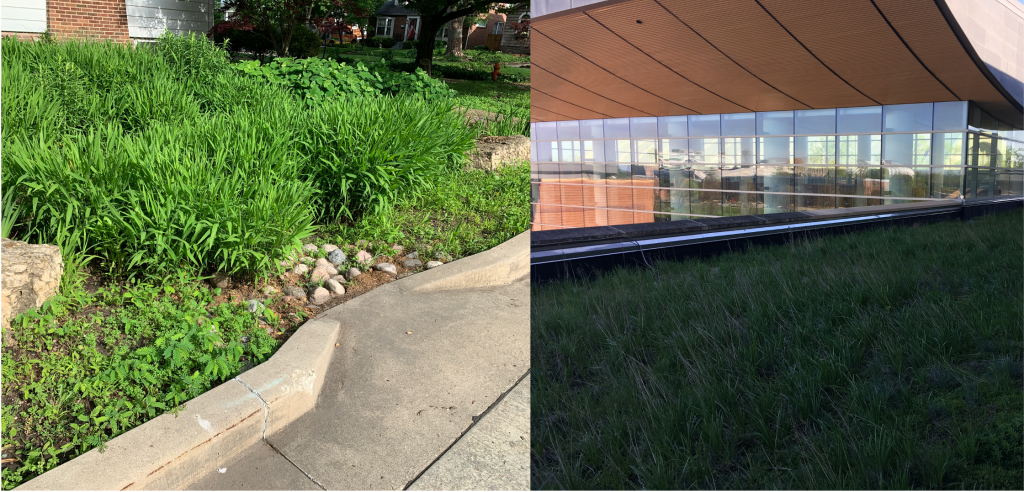
Our current and recent projects on green stormwater infrastructure:
Modeling the effects of green stormwater infrastructure implementation on urban hydrology and urban heat islands
Widespread local-scale installation of green stormwater infrastructure can change urban hydrology and urban heat island effects in cities. We are using large earth system models to simulate widespread installation of green stormwater infrastructure in urban areas globally to assess the runoff reduction and heat mitigation impacts under different future climates.
Funding: Center for Infrastructure Resilience in Cities as Livable Environments; Illinois Water Resources Center
Quantifying the hydrologic performance of green infrastructure to mitigate urban flooding
Green stormwater infrastructure has been lauded as a multi-benefit
approach to addressing urban flooding issues. However, the performance of green infrastructure is highly variable, depending on factors as diverse as antecedent soil moisture, soil type, and placement within the existing network. Our research uses a reliability analysis framework to quantify and evaluate green infrastructure within the context of the energy-water nexus and the broader urban environment.
Funding: Illinois Water Resources Center; Illinois-Indiana Sea Grant